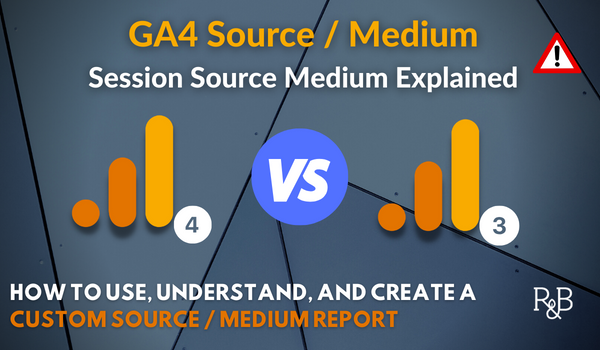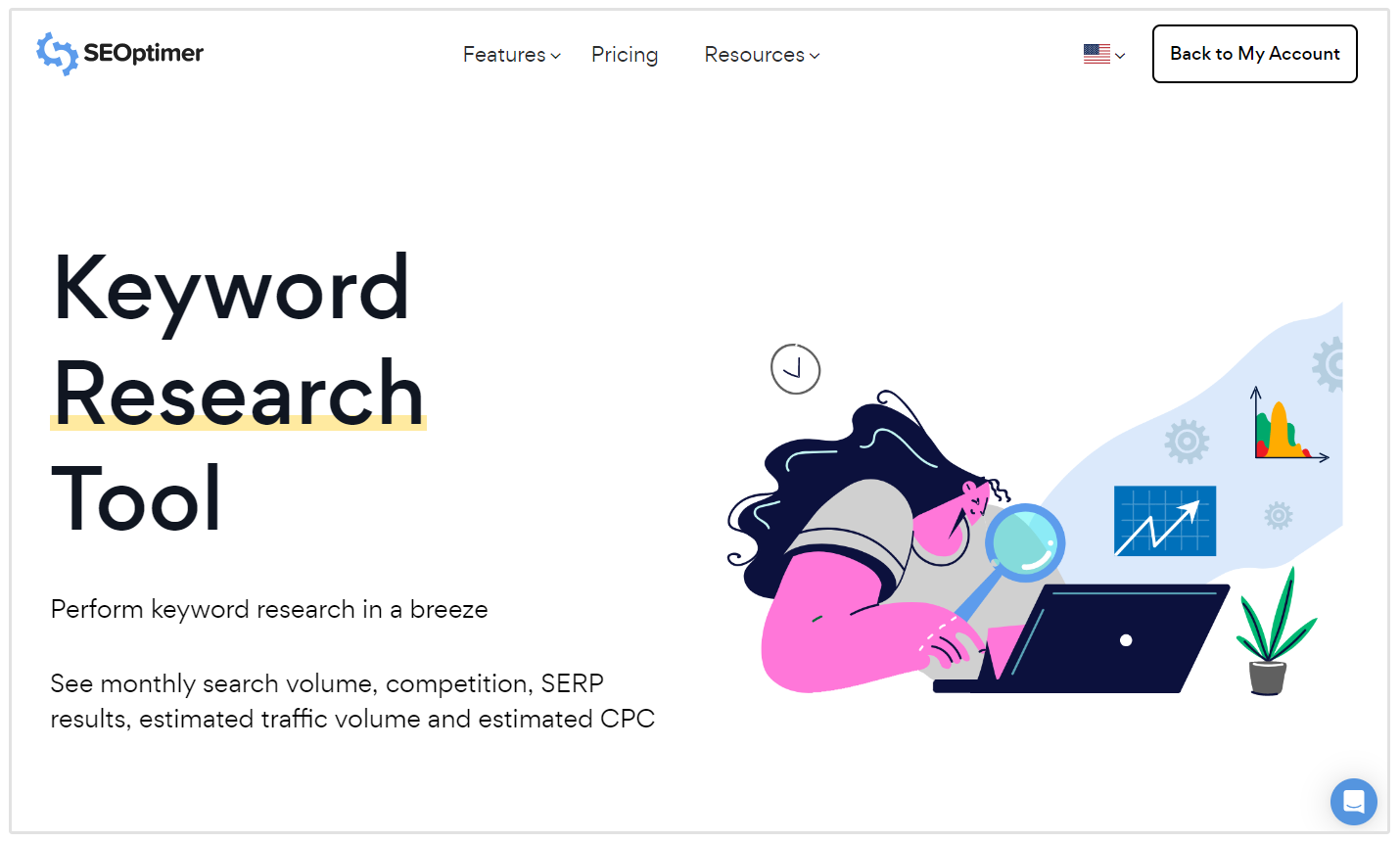The Duty of Secondary Dimensions in Google Analytics: Meaning and Insights for Advanced Data Evaluation
The Duty of Secondary Dimensions in Google Analytics: Meaning and Insights for Advanced Data Evaluation
Blog Article
Unveiling the Impact of Secondary Measurement in Google Analytics on Data Analysis and Insights
In the realm of information analytics, the use of second measurements within Google Analytics has emerged as an essential tool for removing much deeper understandings and unraveling complex patterns that might or else remain obscured. By peeling back the layers of primary data collections, additional measurements use a nuanced perspective that improves the understanding of user behavior, site efficiency, and the effectiveness of marketing strategies.
Checking Out the Concept of Secondary Measurements
Second dimensions in Google Analytics offer additional insights by permitting users to analyze main data in conjunction with an additional feature. By incorporating secondary measurements, users can dive much deeper right into the information and uncover useful relationships that might or else go unnoticed - what is a secondary dimension in google analytics.
Comprehending the principle of secondary dimensions is vital for maximizing the potential of Google Analytics. It allows customers to segment information properly, recognize patterns, and make informed choices based on an extra total image of their analytics information. By discovering the numerous second measurements offered in Google Analytics, customers can open brand-new insights and enhance their digital marketing efforts. Basically, secondary dimensions act as an effective device for enhancing data evaluation and driving actionable results.
Enhancing Information Interpretation With Additional Dimensions
Having established the foundational understanding of secondary dimensions in Google Analytics and their critical duty in data evaluation, the focus now shifts towards leveraging these additional credit to enhance the interpretation of analytics information (what is a secondary dimension in google analytics). By incorporating additional measurements right into information analysis, analysts can get deeper understandings right into individual behavior, website performance, and advertising and marketing efficiency

Moreover, secondary measurements help in contextualizing key information metrics by giving additional layers of information. This contextualization help in comprehending the 'why' behind the information patterns, helping experts make informed optimizations and decisions to enhance overall efficiency. Eventually, incorporating second measurements enriches the information analysis process, causing even more significant understandings and tactical actions.
Uncovering Hidden Insights With Secondary Measurements
Exploring the midsts of analytics data with second dimensions discloses useful understandings that would certainly otherwise stay obscured. By integrating second dimensions in Google Analytics, services can unearth covert patterns, trends, and connections that provide a more extensive understanding of individual habits and website performance. These additional layers of data allow experts to dig deeper right into the main measurements, such as website traffic resources or touchdown web pages, and obtain a much more nuanced perspective on just how various variables connect with each various other.
Via using additional dimensions, experts can section and contrast data across numerous measurements, allowing them to recognize particular elements that affect individual engagement, conversion rates, and general success metrics. By pairing the main measurement of 'device classification' with the additional measurement of 'age team,' online marketers can determine which age demographics like accessing the web site with mobile gadgets versus desktop computers. This degree of granularity equips businesses to make data-driven choices and enhance their techniques for better results. Eventually, discovering covert insights with secondary measurements enhances the depth and precision of data evaluation, causing even more enlightened decision-making and improved efficiency outcomes.
Leveraging Secondary Measurements for Actionable Analytics
Building upon the insights introduced with second dimensions in Google Analytics, services can now harness this enriched data landscape to drive actionable analytics and critical decision-making. By leveraging second dimensions, organizations can delve deeper into their information to draw out beneficial patterns, fads, and correlations that might have formerly gone unnoticed. This much deeper level of evaluation allows organizations to get a much more detailed understanding of user behavior, project performance, and general website effectiveness.
One key advantage of using additional dimensions for workable analytics is the capability to section data based on specific criteria. This segmentation permits companies to customize More Info their strategies and campaigns to different audience groups, causing much more targeted and efficient advertising efforts - what is a secondary dimension in google analytics. Additionally, secondary dimensions supply a more all natural sight of customer communications, allowing services to maximize their site content, layout, and total individual experience
Making The Most Of Decision-Making With Second Measurements
To boost calculated decision-making in analytics, leveraging second measurements in Google Analytics can provide an extra nuanced viewpoint on user habits and campaign performance. By including second measurements right into data analysis, organizations can dive much deeper right into the specifics of their internet site site visitors' interactions and engagement patterns. This additional layer of details permits a much more detailed understanding of exactly how different variables, such as demographics, devices, or traffic sources, effect key efficiency indications.

Verdict
Finally, the usage of additional measurements in Google Analytics plays a crucial duty in boosting information analysis and revealing covert insights. By discovering this concept, one can obtain a much deeper understanding of customer behavior and make educated decisions based on workable analytics. Leveraging additional dimensions enables an extra extensive interpretation of data and makes best use of the effectiveness of decision-making processes.
"/>
Report this page